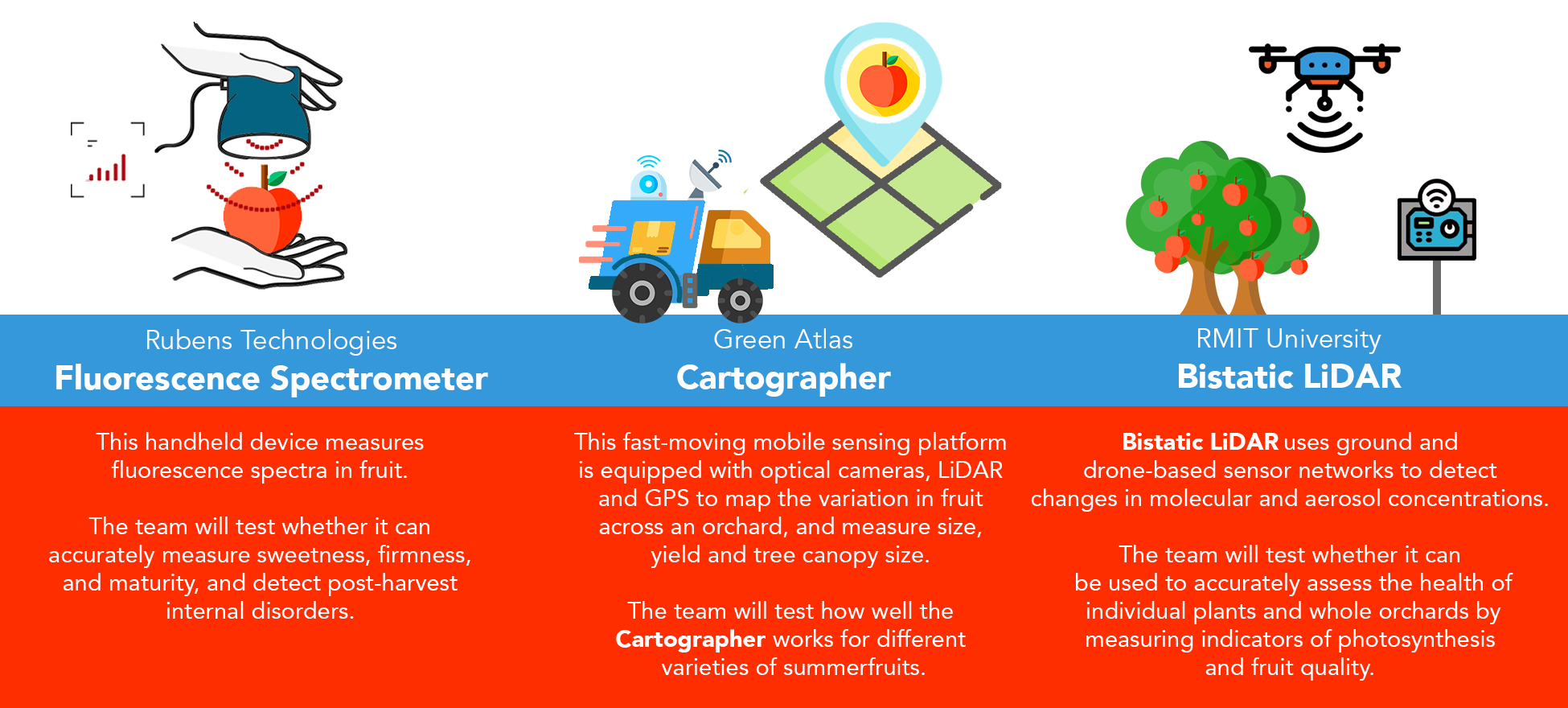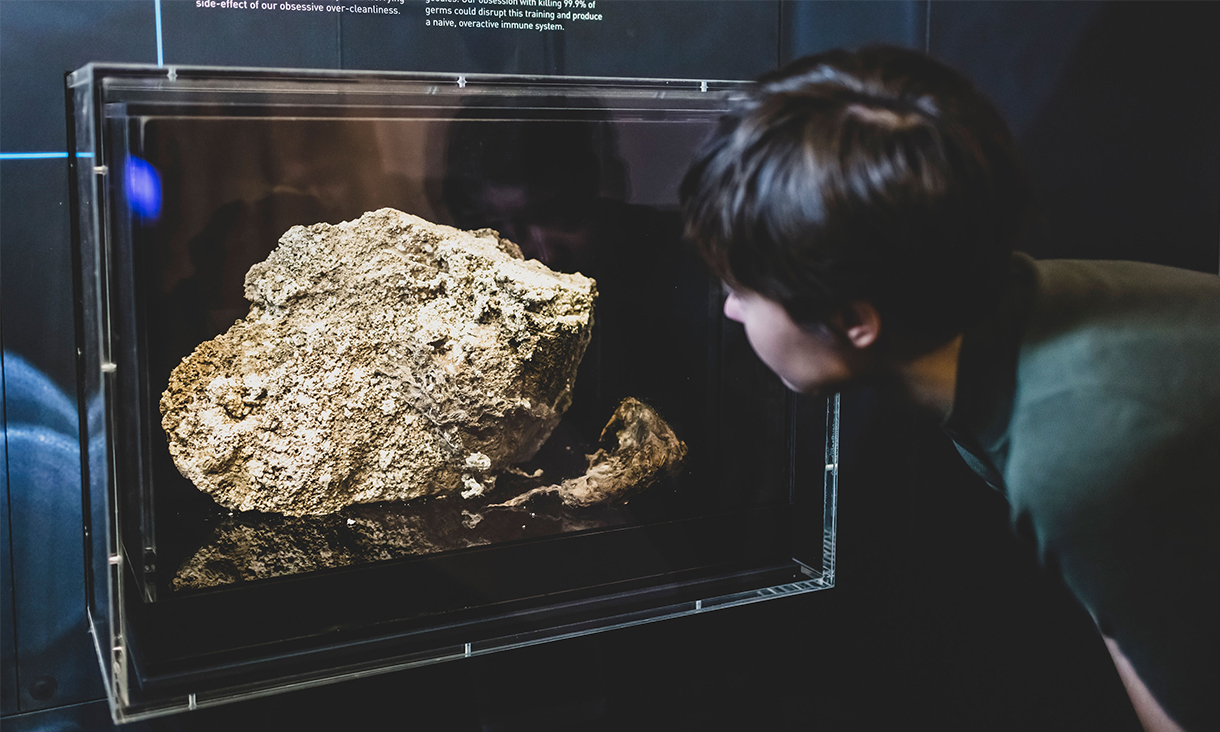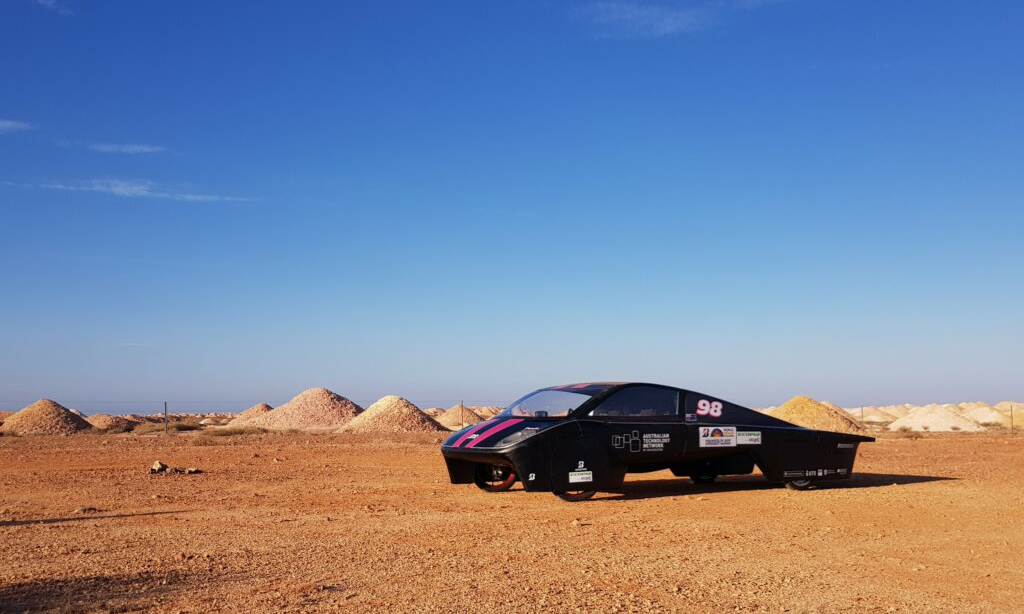Cement-free concrete beats corrosion and gives fatbergs the flush
Researchers from RMIT University have developed an eco-friendly zero-cement concrete, which all but eliminates corrosion.
Thin and ultra-fast photodetector sees the full spectrum
Researchers have developed the world’s first photodetector that can see all shades of light, in a prototype device that radically shrinks one of the most fundamental elements of modern technology.
Ultrasound can help make 3D-printed alloys stronger
Researchers have used sound vibrations to shake metal alloy grains into tighter formation during 3D printing.
Shaping whats next and beyond: a look at RMIT innovation at the Grand Prix
An interactive RMIT exhibit will again showcase the university’s world-class technology at the Versor Innovation & Tech Hub at the Formula 1® Rolex Australian Grand Prix 2020.









